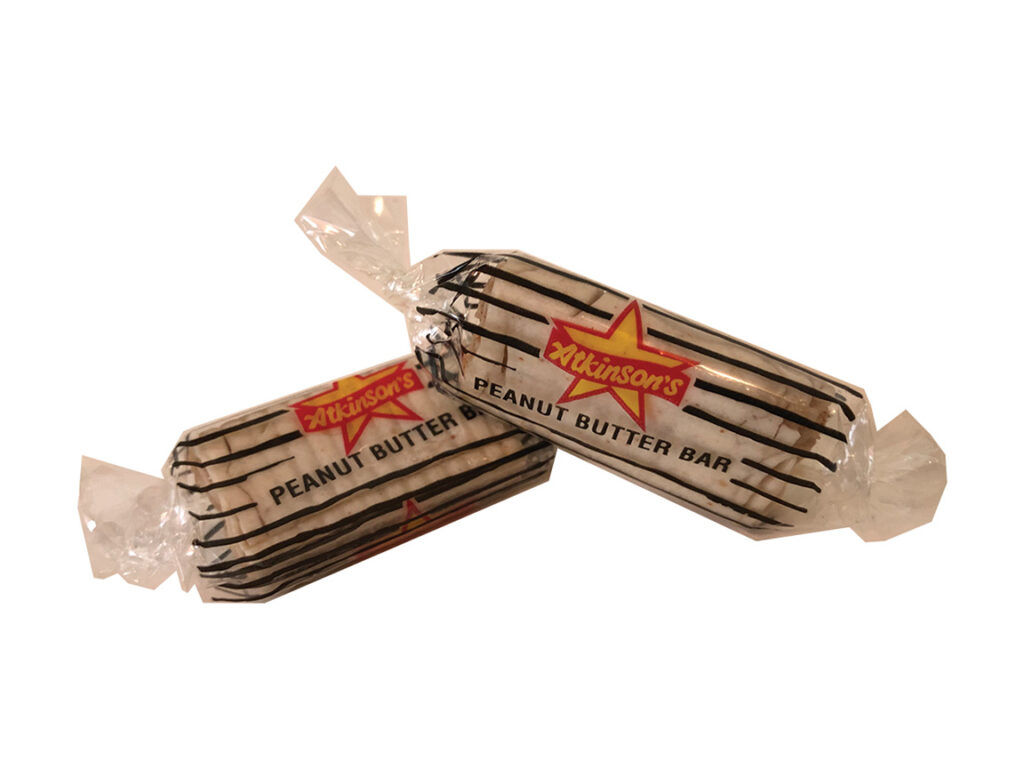
Dorri Partain
Contributor
It’s the peanut butter bar that wears the Texas star.
Like many during the Depression, Basil Atkinson Sr. was looking for a way to provide for his family. Knowing that even when money is tight, people will spend a few cents on sweets, he loaded up the family every weekend, drove to Houston and filled the car with candy and tobacco, stopping at small shops and selling the candy on the way back home to Lufkin, Texas.
That was the beginning of the Atkinson Candy Co. in 1932. By 1938, he began thinking he would have a better profit margin making his own candies to sell. Along with his wife Mabel and children, they began making hard candies by hand, including a popular southern candy called “chicken bones.”
While the chicken bone candy would later be renamed “Chick-O-Stick,” in 1947 Mabel Atkinson (1906-2003) developed the recipe for a new candy using the same peanut butter filling.
The new candy, simply dubbed Peanut Butter Bar, was described as “the finest combination of a golden honeycombed peanut butter center and a satin smooth hard candy jacket. The creamy peanut butter used in this tasty energy food is made in our own fine kitchens.”
The ingredients have remained the same: cane sugar, corn syrup, peanut butter and natural vanilla flavor. The company still makes their own peanut butter, and the machine that cuts and wraps the candy pieces can turn out 750 pieces a minute.
The Atkinson Candy Co. is still family-owned and makes a wide variety of candies at their factory in Lufkin, including Sophie Mae peanut brittle, Black Cow and Slo-Poke caramel candies (not available locally) and Mary Janes for the Spangler Candy Co.
The factory offers tours to show how candy is made and operates a Candy Kitchen store where candies can be purchased in person or online.
The Peanut Butter Bar is available in regular or sugar-free versions.


















